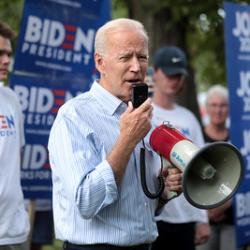News stories about Africa typically are about war, famine, pestilence, and/or death. But according to a recent article in the Financial Times (reg. required), some underreported trends in the region are more hopeful:
The number of armed conflicts has dropped dramatically from over 20 in 1999 to 5 today; for example, long running civil wars in Angola, Mozambique, Sierra Leone, and Liberia have all come to an end.
Unnoticed by the media and much of the investment community has been a step change in Africa’s economic performance in the last 5 years. Real GDP growth in Sub-Saharan Africa (SSA) averaged 4.1 per cent in 1997-2002 and by 2007 it had risen to 6.6 per cent.
More importantly, real incomes are rising and Africans are getting richer at an unprecedented rate. In 1997-2002, real GDP per capita rose at a rate of 1.8 per cent per annum, this was up to 4.6 per cent in 2007. At 1.8 per cent per annum it takes 39 years for real incomes to double, but at 4.6 per cent per annum real incomes double within 15 years.
The cynics will dismiss these figures as coming off a low base. A response is that all growth starts off a low base but SSA today compares favourably to where the ASEAN nations stood in 1980 when the phrase “emerging markets” entered the vocabulary. Africa has lower inflation; higher foreign exchange reserves; and a similar growth profile; it also receives more foreign direct investment and portfolio investment than ASEAN nations did in 1980.
At the heart of the improved economic performance is a significantly better policy environment. Governments have ceased financing themselves by printing money and have privatised many state enterprises. Most central banks target inflation either formally or informally. As a result inflation has fallen to global norms and exchange rates are more stable.
Economic stability has seen a resurgence of private sector investment both domestic and foreign. In the late 1990s investment as a proportion of GDP had fallen significantly below 20 per cent almost everywhere on the continent. Since then investment has risen sharply and is approaching 30 per cent of GDP in most countries and in some such as Ghana, Madagascar and Senegal has passed into the mid-30s.












